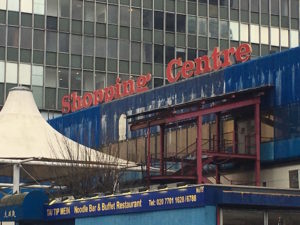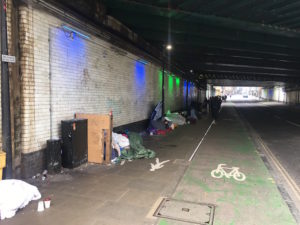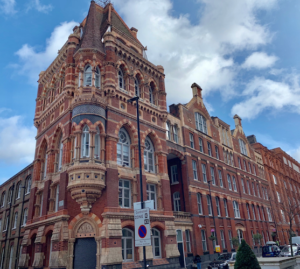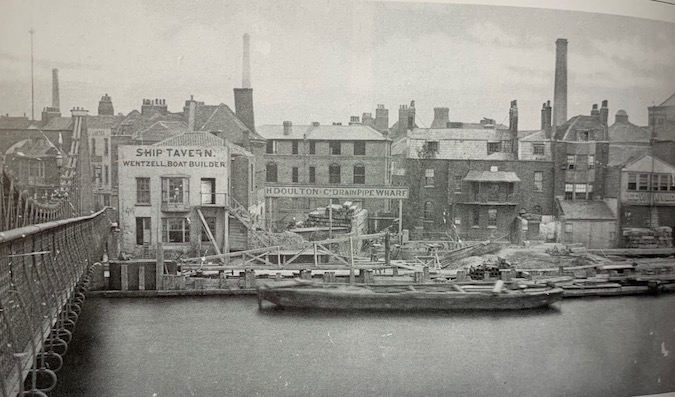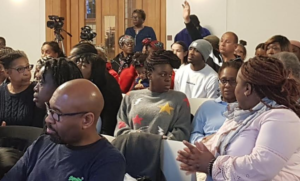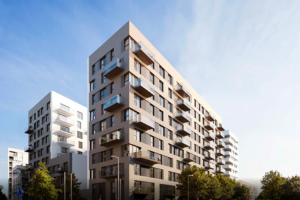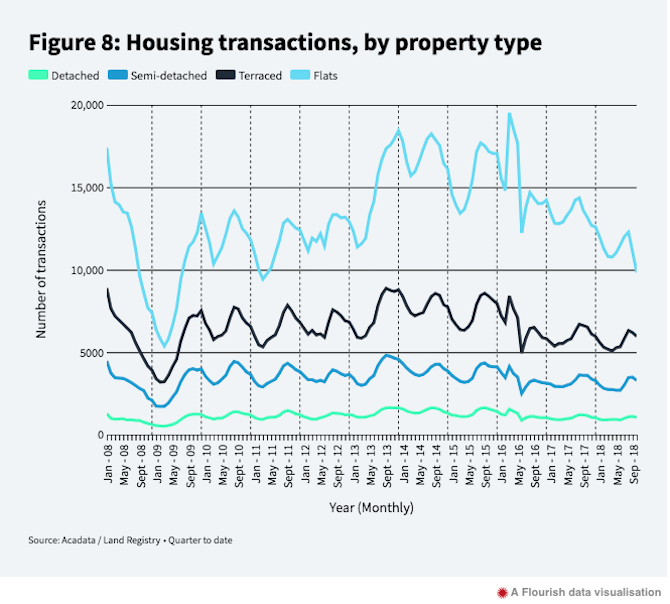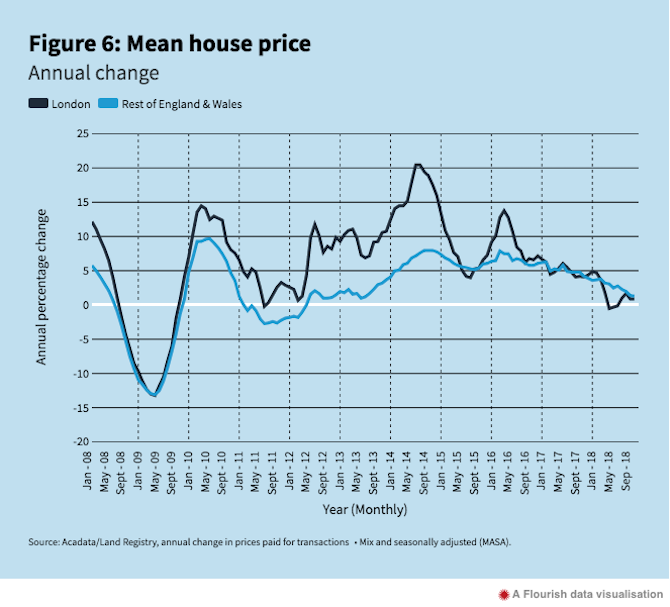Over the weekend, the London Labour Party held its annual conference, two days of speeches, debates and the outcome of elections for positions on its London regional board, a body with considerable influence over such potentially fraught matters as the selection of candidates for elections and breaches of party rules.
A sense of which way the ideological wind was blowing is conveyed by a motion which urged, among other things, “exploring alternative budgets” and ways of raising income “including those suggested by Chris Williamson MP”. Note that Williamson was last week suspended, after a fashion, by Labour for claiming that his party has “given too much ground” in response to criticism that it has become rotten with Jew-haters.
It will not surprise On London readers that the motion was proposed by Tottenham Constituency Labour Party, perhaps the most comprehensively Corbynised in London. It has long been controlled by figures who eagerly supported the successful and disingenuous campaign to install a Haringey Council Labour administration more in the image of St Jeremy. The motion was seconded by Lewisham Deptford CLP. Lewisham borough too is a stronghold of Corbyn Left influence and activity.
To at least one Labour member at the conference, the words “alternative budgets” were code for setting illegal ones, a pet cause since the rate-capping saga of the 1980s of what I call the Outer Left – an endlessly splitting and reconfiguring shower of supposedly socialist radicals, some of whom, like Corbyn, have always been in the Labour Party, most of whom join it or make common cause with it when they think they can get hold of its internal power levers.
And the big news from the London Labour conference is that such elements have made a significant advance in the capital. On Saturday, the alt-left website Skwawkbox crowed that all but one of the elected positions on the London regional board had been won by candidates on the “Left slate” – essentially, those backed by Momentum and other admirers of the current Labour Party leader. The most senior posts were taken with striking ease. For example, the new chair, Jim Kelly, of trade union Unite, got nearly nearly three times as many votes as his incumbent rival Len Duvall, leader of the Labour Group on the London Assembly.
Exactly what such crushing victories mean is hard to predict with certainty. The traditional capacity of the Outer Left for bickering, scheming and schism-ing remains undiluted, as the feuding on Haringey’s “Corbyn Council” helpfully illustrates. That said, the political complexion of the board appears generally aligned with that of the region’s recently appointed director, the Corbyn-supporting Hazel Flynn, who has been critical in the past of Sadiq Khan for failing to demonstrate enough enthusiasm for Corbyn’s leadership. And if nothing else, the regional board outcomes show that Labour’s Left fundamentalists remain both willing and able to out-organise other groupings a lot of the time.
A prime example is the selection of candidates for elections. The London region has already set about changing the re-selection process for London Assembly candidates, setting the bar higher for sitting constituency AMs hoping to defend their seats next year and giving the capital’s 100,000 party members control over the order in which London-wide “list” candidates, elected to the Assembly by proportional representation, are placed.
With four of the current 12 Labour AMs having already announced they will be standing down and one more at least expected to do so, the chances have increased of a more Corbynite Labour Group sitting at City Hall for Mayor Khan’s likely second term. The Assembly’s powers are weak, but any Labour AMs prepared to be loudly critical of a Labour Mayor for being less than the Full Jeremy would get applause from their own faction and wider attention. Khan, acutely sensitive to shifts in the political landscape and what they could mean for his future, might prefer to avoid that. Senior Labour (and other) local government figures who find the Mayor infuriatingly cautious, remote and too preoccupied with political positioning, might end up tearing even more of their hair out. Londoners would not benefit.
Meanwhile, the formation of the Independent Group (TIG) of MPs in the House of Commons, three of them previously London Labour MPs, seems to have fuelled the fervour for de-selection purges at constituency level.
Labour deputy leader Tom Watson and even shadow chancellor John McDonnell have, in their different ways, responded to the TIG breakaway by trying to stop it becoming bigger and still more damaging. But Momentumite Noah Tucker, a leading Haringey Council cabinet member who previously ran the Far Left website 21st Century Socialism and who has dismissed claims about antisemitism in Labour as part of a “witch hunt”, reacted by instigating a call for all local party organisations to be immediately permitted “to begin the process of selecting parliamentary candidates in constituencies with a Labour MP”. He also urged the rebuttal of claims that “our party leadership is antisemitic and that antisemitism is fundamental to OR widespread within our party”.
Tucker’s intervention did not secure majority support from those it was aimed at. But a very similar one made last week by Labour members in Hackney North & Stoke Newington did. A motion disputing that anti-semitism is a big problem in the party, blaming “right wing” Labour MPs for saying that it is, and demanding that Labour’s national executive committee “immediately implement trigger ballot procedures in all constituencies” was carried, amid considerable disquiet. This, in the seat of shadow home secretary Diane Abbott where a large community of Jewish Londoners lives.
You might wonder what goes on in the heads of Labour Party members who presumably believe this sort of action will help, as the hashtag has it, GTTO – Get The Tories Out. In a radio interview, Neil Nerva, an experienced Labour councillor in Brent and member of the Jewish Labour Movement, made the point that to be seen as a credible alternative government, Labour needs to be seen as credible on this troubling matter. “The public, Jews and non-Jews, are looking at the Labour Party very carefully and asking if it is capable of overcoming this issue,” he said. Very true. Yet the only too predictable response of at least some Labour members in the capital is not to look outwards to the wider electorate, but to instead look inwards, dispute the problem’s existence and move to remove those disinclined to do the same. Deny, denounce and purify. For the few, not the many. The Outer Left never changes its ways.
How much harm might Labour be doing itself in London? Aside from limited reverses in the 2010 general election and Boris Johnson’s two mayoral victories, the story has been one of growing dominance and consolidation, from Town Halls to City Hall. Fears that a negative Corbyn effect would cost Labour MPs in marginal parliamentary seats in 2017 proved unfounded. The Conservatives are in their own mess in the capital, out of step with majority London opinion on everything from austerity to Brexit. Mayor Khan, clearly wise to this, looks on course for a comfortable win over the Tories’ Shaun Bailey next May.
But just as Labour’s membership character varies across London, so does the composition of its vote. If may be that TIG’s early impact in parliament proves the high point in its influence. But it says it intends to form a national party and, if that happens, it will surely seek to make a mark in London. Unequivocally anti-Brexit – unlike the Labour leader, of course – forged in revulsion at Labour’s antisemitism problem, socially liberal and believers in “a diverse, mixed social market economy”, it isn’t hard to imagine them appealing to disaffected Labour and Tory voters alike, at least in some parts of the metropolis.
Might the right TIG-type candidates in the right seats be competitive in a general election? After all, the two boroughs where Labour lost the largest numbers of seats in last year’s council elections, in a year of overall gains, were Haringey and Barnet, in that order. In both cases, the damaging impact of Corbynism was clear. The PR part of the London Assembly elections, which has enabled Greens, the Lib Dems, Ukip and even an oddball from the BNP to get seats at City Hall, would be a tempting target for them. And, who knows, might a distinctive, charismatic mayoral candidate running under whatever party name the TIG-gers settle on make a bit of a splash in what otherwise looks set to be a boring race?
The answers to such questions are as unclear as who the identity of such a mayoral candidate might be. That doesn’t mean London Labour should not reflect on some political history. The party has lost three general elections in a row and – remarkably, given the wretched state of the Conservative national government – looks in danger of losing a fourth. The last time Labour was out of power nationally for so long, much blame was heaped on the so-called “London effect”, caused by chaotic, confrontational gesture politics by Labour politicians and activists in the capital. Should history repeat itself, London’s Corbynites will never, ever accept any blame. They will nonetheless be highly culpable.
On London depends on donations from readers to keep going and growing and is now actively seeking funding from suitable organisations. Read more about that here.


